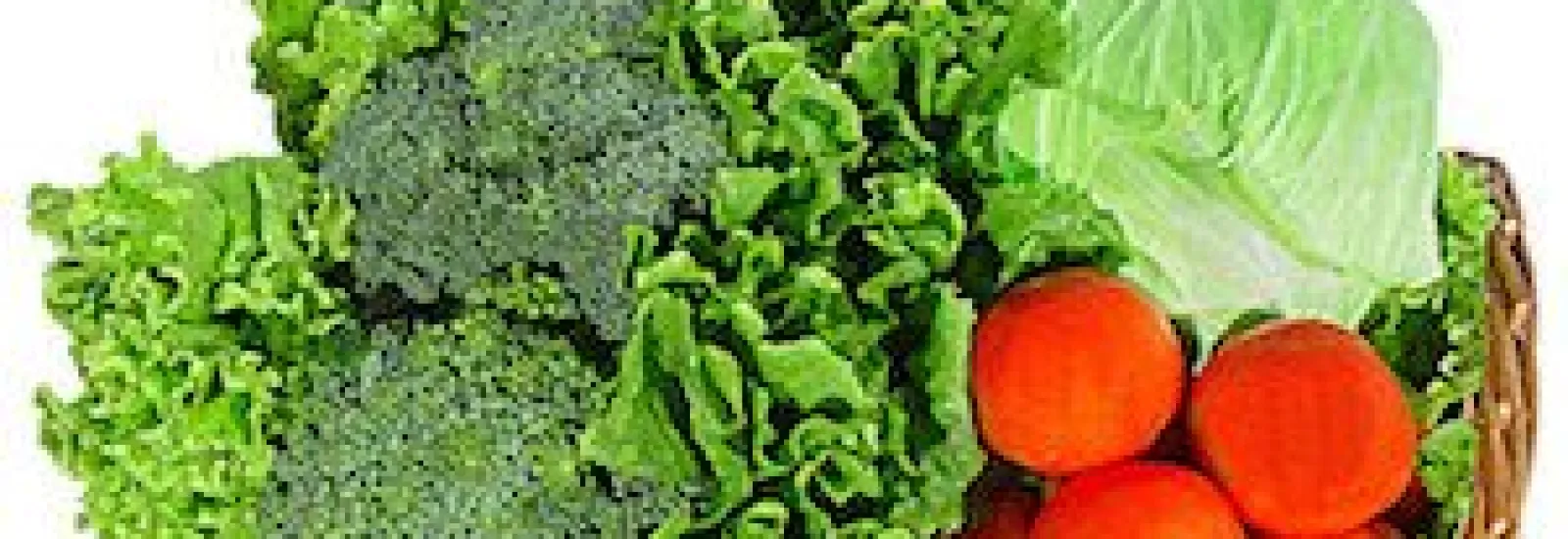
The benefits of fiber in your diet
You’ve likely heard the advice to eat more fiber. In fact the FDA recommends you eat at least 25 grams of fiber per day. But exactly what are the health benefits of fiber and how can you get more in your diet?
What is dietary fiber?
Dietary fiber is found primarily in fruits vegetables whole grains and legumes. It’s the part of plants that passes through your body because it can’t be digested or absorbed like proteins fats and carbohydrates says the Mayo Clinic. But that doesn’t mean it isn’t important.
There are two types of dietary fiber. Soluble fiber dissolves in water and becomes gel-like. It’s known to lower blood sugar and cholesterol levels. Insoluble fiber increases the bulk of your stool and helps move food through your digestive system. Whole grains nuts beans and some vegetables (like green beans and potatoes) are full of insoluble fiber. Most plant-based foods contain both types of fiber.
What are the health benefits of fiber?
Eating a high-fiber diet has been proven to have a number of health benefits.
- Lowers cholesterol. Soluble fiber found in oats beans and flaxseeds can help lower the “bad” cholesterol (LDL) in your blood says Forbes.com
- May improve heart health. Forbes also says that a high-fiber diet helps reduce the risk of heart disease significantly. It may also help lower blood pressure and reduce inflammation says the Mayo Clinic.
- Helps maintain bowel health and normal bowel movements. The Mayo Clinic notes that a high-fiber diet helps soften and bulk up your stool making it easier to pass and helping prevent or eliminate constipation. It may also help prevent hemorrhoids and diverticular disease (small pouches in your colon) and there’s a connection to lowering colon cancer that is being investigated.
- Helps lower blood sugar levels. Soluble fiber in particular helps keep blood sugar in check by slowing the absorption of sugars. A diet high in insoluble fiber has been linked to a lower risk of developing type 2 diabetes says the Mayo Clinic.
- Helps normalize weight. High-fiber foods help you feel full longer making it easier to stick with a lower-calorie diet. They’re less calorie dense than other foods meaning you can eat more for the same number of calories as other foods.
How can you eat more fiber?
A diet high in fiber means eating more plants—in particular unprocessed plant foods. The best fiber-containing foods include:
- Whole grains
- Fruits
- Vegetables
- Legumes (beans peas and other legumes)
- Nuts and seeds
You should avoid processed foods like canned fruits and vegetables refined grains and pulp-free fruit juices. These foods are lower in fiber and thus not as healthy a choice as unprocessed foods.
A few tips can help you fit more fiber into your day.
- Have a bowl of whole grains for breakfast. Choose an unprocessed grain like oats or a cereal with more than 5 grams of fiber per serving. Sprinkle on a couple teaspoons of flaxseed to up the fiber count even more.
- Add beans to your diet. Legumes are an easy way to get more fiber. Try soups with beans or nachos or tacos with whole-grain tortillas and beans.
- Snack on whole fruits and veggies. Simple snacks of raw vegetables and dip or a piece of fruit are easy ways to get more fiber.
- Swap to whole grains. If you eat white rice switch to brown. If you use white flour try subbing half with whole wheat. Cook with whole-wheat pasta.
One caution from the Mayo Clinic: If you’re increasing fiber in your diet be sure to go slowly. Adding a lot all at once can cause gas bloating and cramping. Add a little bit at a time over a few weeks. This gives your body time to adjust.


